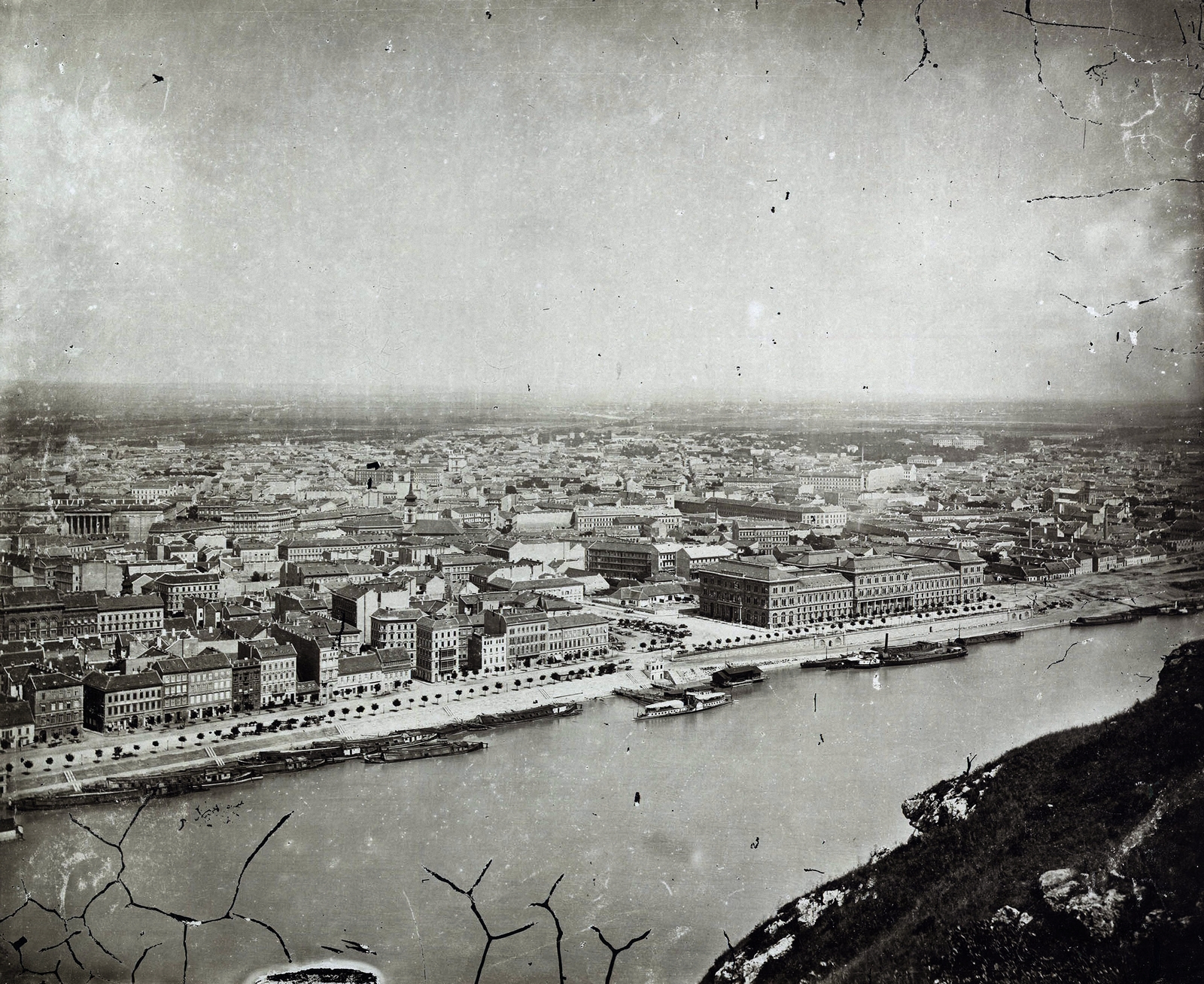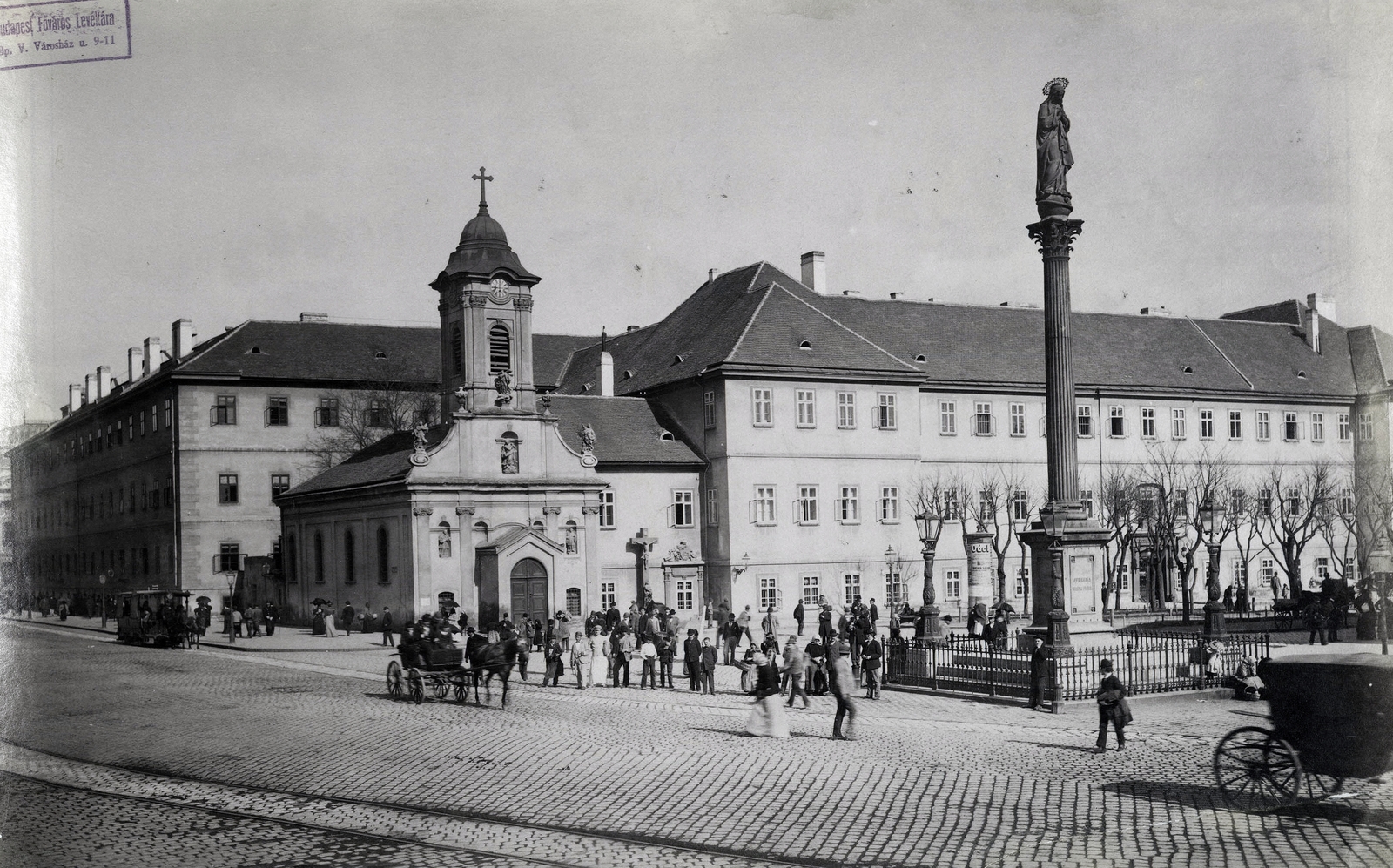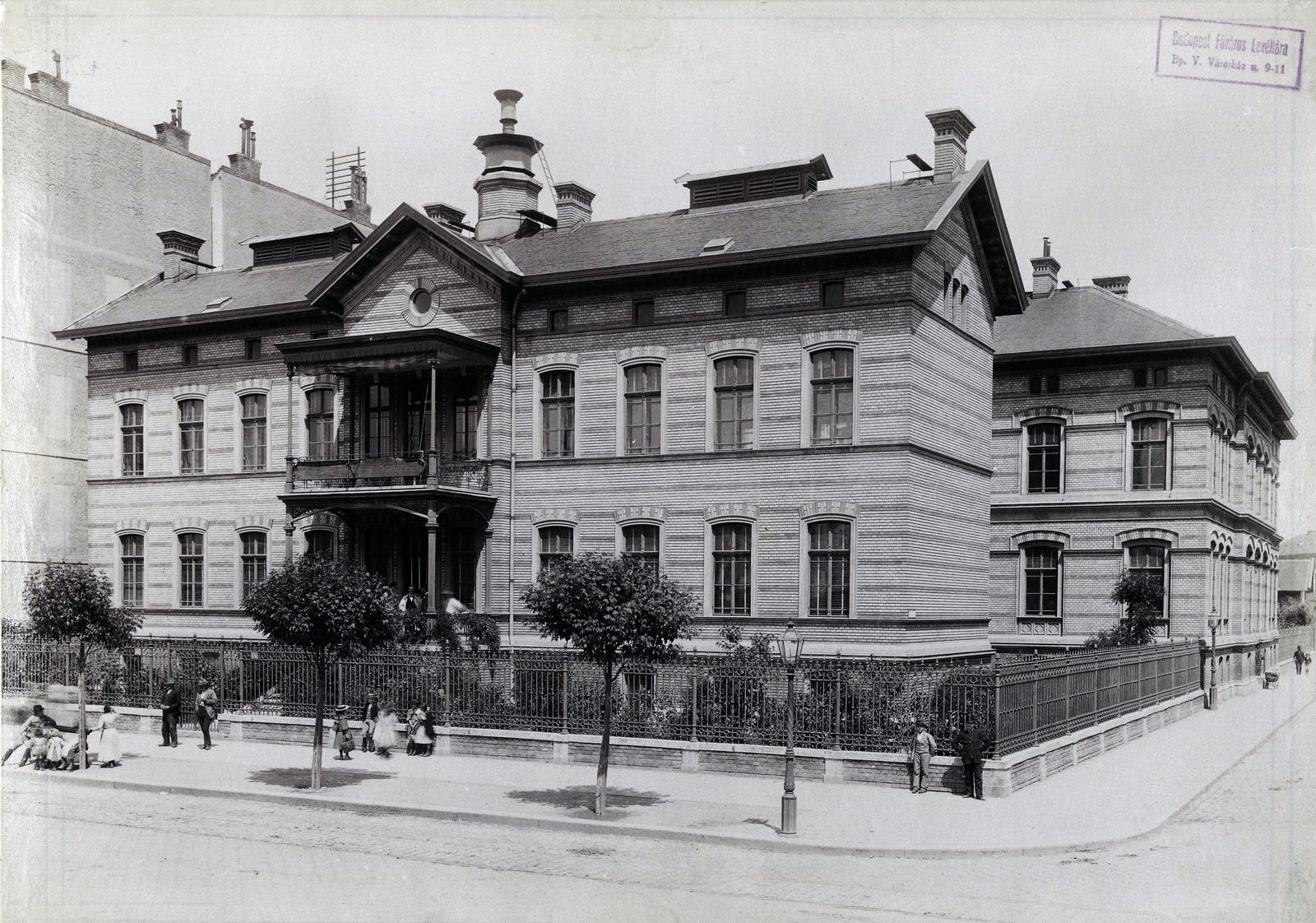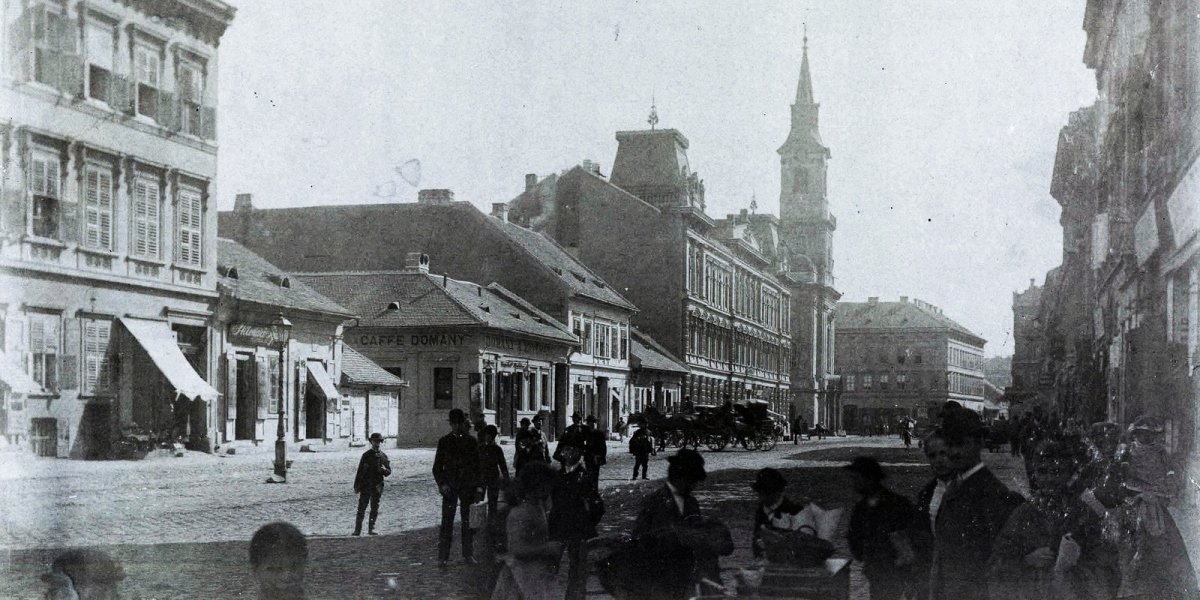The capital underwent tremendous development in the second half of the 19th century, but the living conditions of ordinary people were rather poor than they are today. There are a lot of statistics available from the beginning of the 1870s, such as mortality data, which show that in 1872 the majority of the population in Pest lived their much shorter lives in very poor conditions.
One year before the unification of Pest, Buda and Óbuda, the mortality conditions in Pest were assessed in 1872, i.e., 150 years ago. József Kőrösi described this in his study entitled “Mortality of the City of Pest in 1872 and 1873 and its Causes”, which was published in the 1876 volume of the Budapesti Statisztikai Közlemények (Budapest Statistical Bulletin).
The study does not examine the issue alone but in comparison with other cities. The first raw data published by Kőrösi is the number of deaths from 1868 to 1873, which increased steadily: 7,382 people died in Pest in 1868, 9,433 in 1871, 9,474 in 1872 and 11,208 in 1873 (after the cholera epidemic).

Mortality was very high in Pest at the beginning of the 1870s, most of the people lived in crowded apartments and poor conditions (Photo: Fortepan/Budapest Archives, Reference No.: HU.BFL.XV.19.d.1.05.181)
However, he also notes later that the raw data may be fraudulent, as many people came to Pest who may not have lived here, but died here, not only passers-by but who came here to heal themselves. This is also true for other larger cities, so comparing the data of other cities, Kőrösi made the following statement:
“The undeniably high mortality rate in our city for years cannot be refuted, after all, by the argument that, in addition to a more accurate calculation, some other cities would show higher mortality rates as well. If we can see from the following statement that the city of Pest ranks 40th among 42 major cities in terms of mortality, when 40-50 out of a thousand inhabitants die in our city every year, while in Berlin 33, in Hamburg 27, in Brussels or London only 22, and in Paris only 21, we cannot turn a blind eye, we must not ignore the fact that, despite all the doubts that come to them, it is clear that the health conditions in the city of Pest are very unfavourable."
The 42 cities surveyed came from all over the globe. After several major European cities, he selected major cities from the United States (the list leader Philadelphia or New York) to Indian cities such as Calcutta or Bombay. According to the data in the study, only two cities performed worse than the Pest data, namely Prague and Odessa. The situation was no better when comparing deaths to the number of births. Pest was still in 38th place. (Interestingly, Pest here placed better than New York and St. Petersburg besides Prague and Odessa.)

Rókus Hospital in the second half of the 19th century. At that time, only the poorest people were admitted to hospitals, and the wealthy recovered at home (Photo: Fortepan/Budapest Archives, Reference No.: EN.BFL.XV.19.d.1.07.055)
But the study goes even further because according to the author, it also proves that the health conditions in Pest are particularly bad, that the average life expectancy here is lower than in other cities: it was barely around 20 years, and even in the relatively best parts of downtown it was only 25.93 years (this is the life expectancy at birth according to the CSO data, in 2020 it was almost 80 years for women and more than 74 years for men).
There was also a big difference within the city, as the study puts it:
“After the published figures, which show such a surprising difference between the living conditions of neighbouring districts, that half of the population of Ferenc- and Józsefváros do not reach the age at which they do in the city centre, there is little doubt that the capital’s high mortality rate's roots are to be found in Ferenc- and Józsefváros."
Even more shocking is the average age of the dead, which is less than 21 years for men and 20 years for women. Child mortality was appallingly high, with half of the deaths coming from children under the age of 5, and much of the affected little ones did not reach the second year of their lives. Most of the children died in József- and Ferencváros, as well as in Kőbánya, the following remarks were made by József Kőrösi:
"According to the experience and statements of the coroners, this great mortality is caused by the frequent deaths of mostly illegitimate children released for care in these parts of the city."

In the last quarter of the 19th century, large-scale public health developments took place, sewers, hospitals and public baths were built. On the photo is the new building of the Stefánia Child Hospital on Üllői Road (Photo: Fortepan/Budapest Archives, Reference No.: EN.BFL.XV.19.d.1.07.123)
Pest was a very crowded city, the living conditions of the poorer people were very bad, and it was not uncommon for several families to be crowded into one room. Mortality data showed an association with overpopulation:
"While the 7,136 individuals who lived in an apartment in which 3 to 5 residents lived together in one room died at an average age of 12.5, the 8,427 individuals who lived in a room with 6 to 10 people died at the age of 11.5. We must add to this that living conditions where six or more people live in a crowded room are far from as exceptional as many might think. The work published on the census of 1870 showed that almost eighty thousand of the 200,000 inhabitants of Pest City lived in such conditions. And of the 12,000 dead whose living conditions are known in terms of overcrowding, 2,600 lived with 10 or more people in a room. Here is another key factor in the large-scale mortality of our city.”
Even though the data had improved since 1873, in 1875 Budapest was on the same level in terms of public health as Brussels in the early 19th century. At that time, more people died in the city than were born, meaning the increase in the city’s population was only due to immigration, and this trend only reversed in the 1880s. But neither ordinary housing, sewerage, nor health care in the city really awaited the influx of poorer people at that time. So there was a lot to catch up on.
The situation improved a lot in the next quarter of a century as the sewers and new hospitals were built in the city, although crowdedness remained essentially. The health situation has improved somewhat, as shown by the fact that the number of births has exceeded the number of deaths from the 1880s.
Cover photo: Street view of Pest in 1873 (Photo: Fortepan/Budapest Archives, Reference No.: HU.BFL.XV.19.d.1.05.149)




































Hozzászólások
Log in or register to comment!
Login Registration